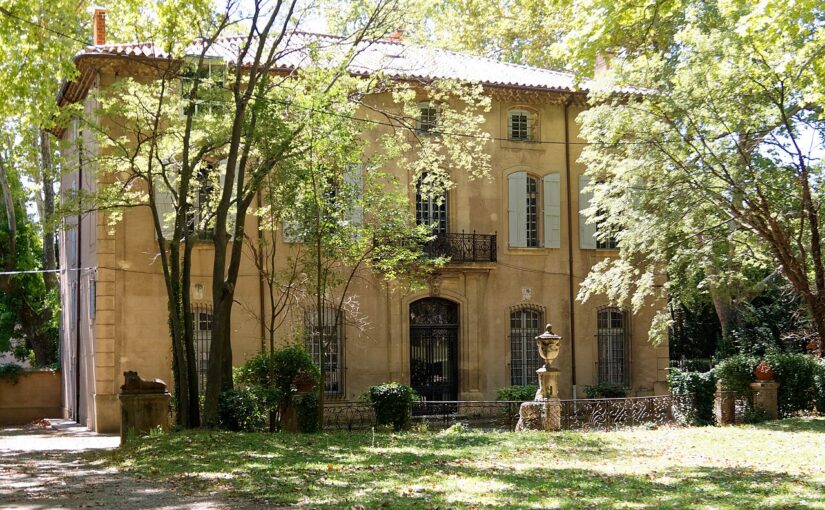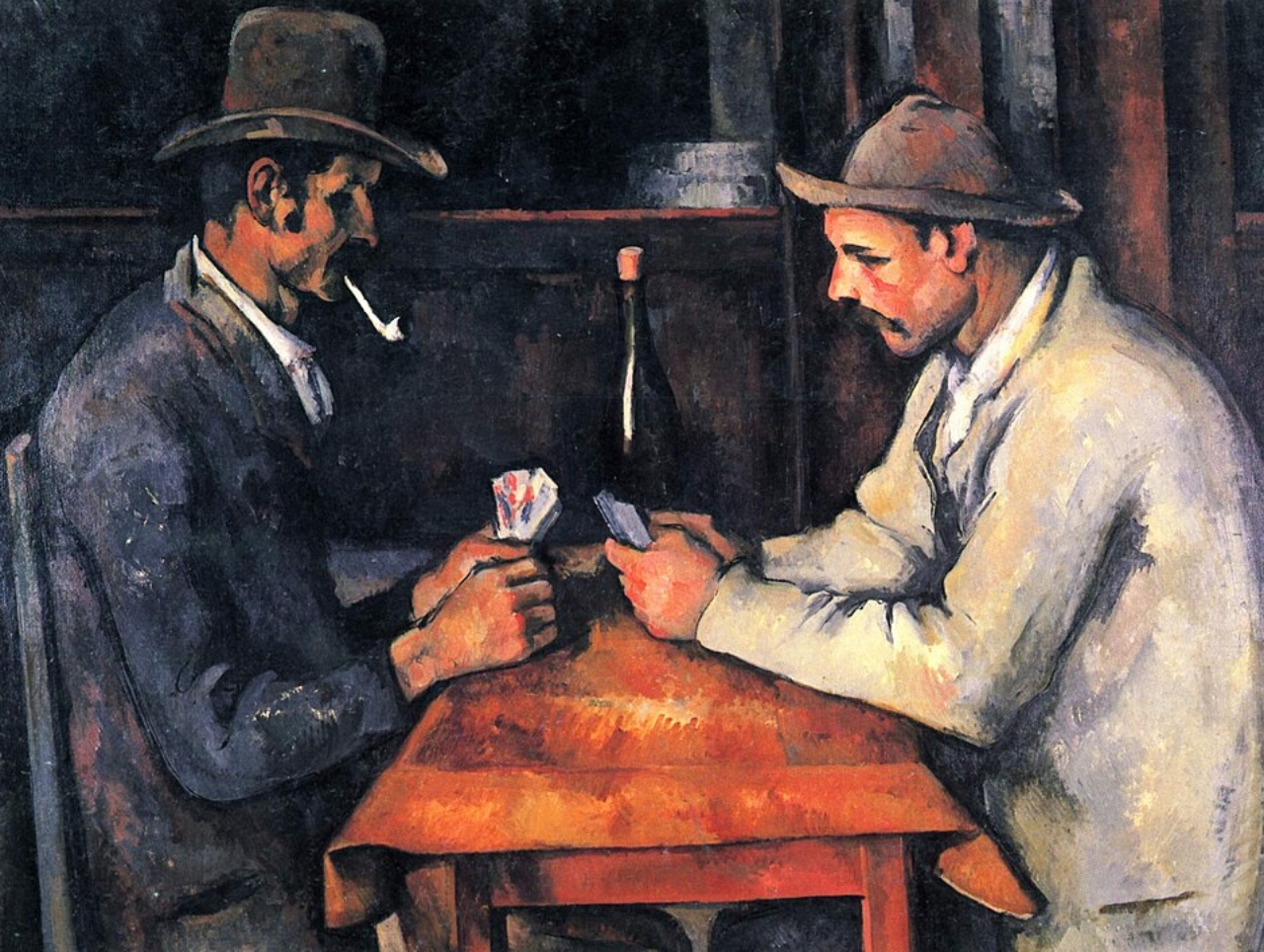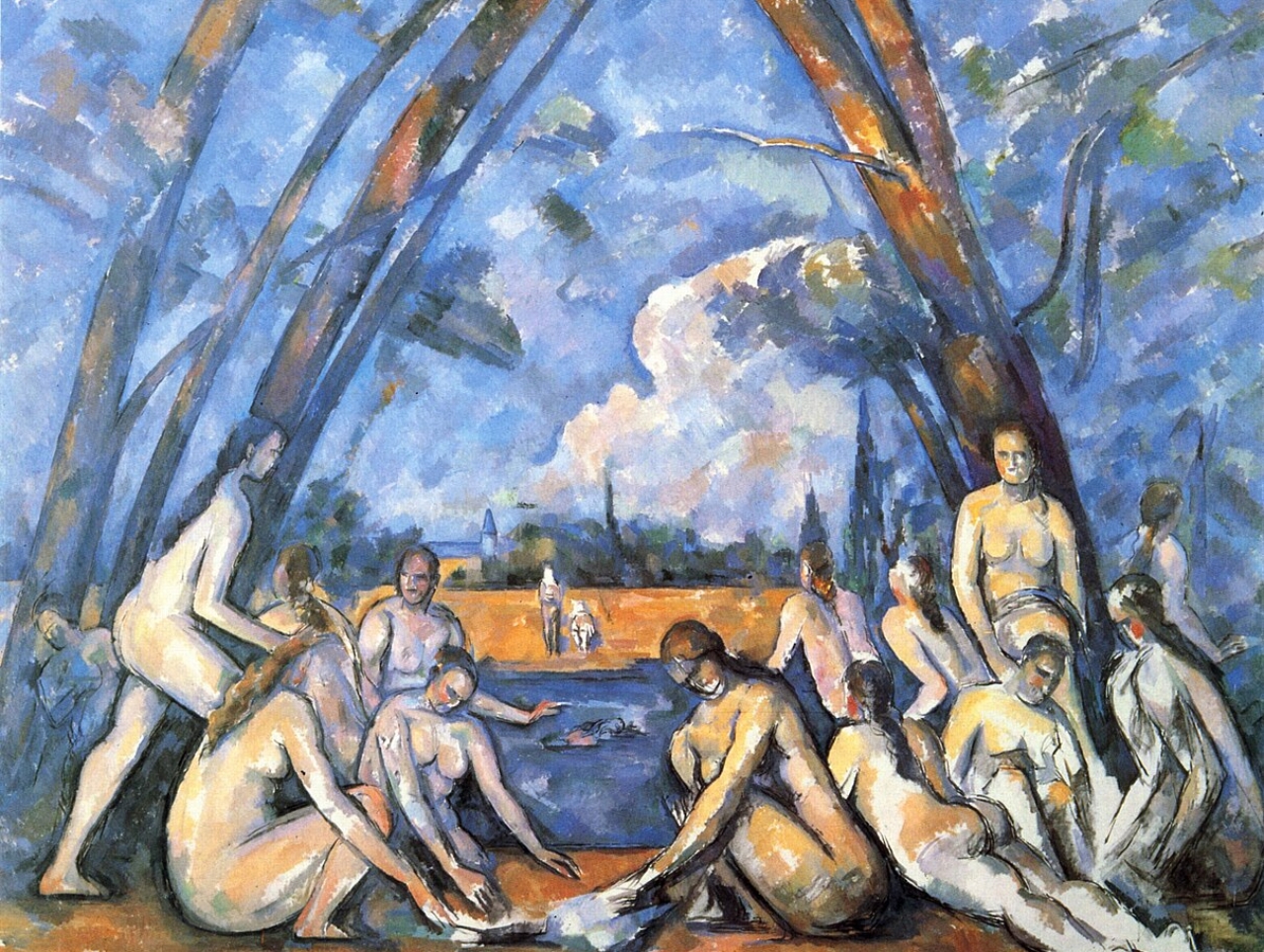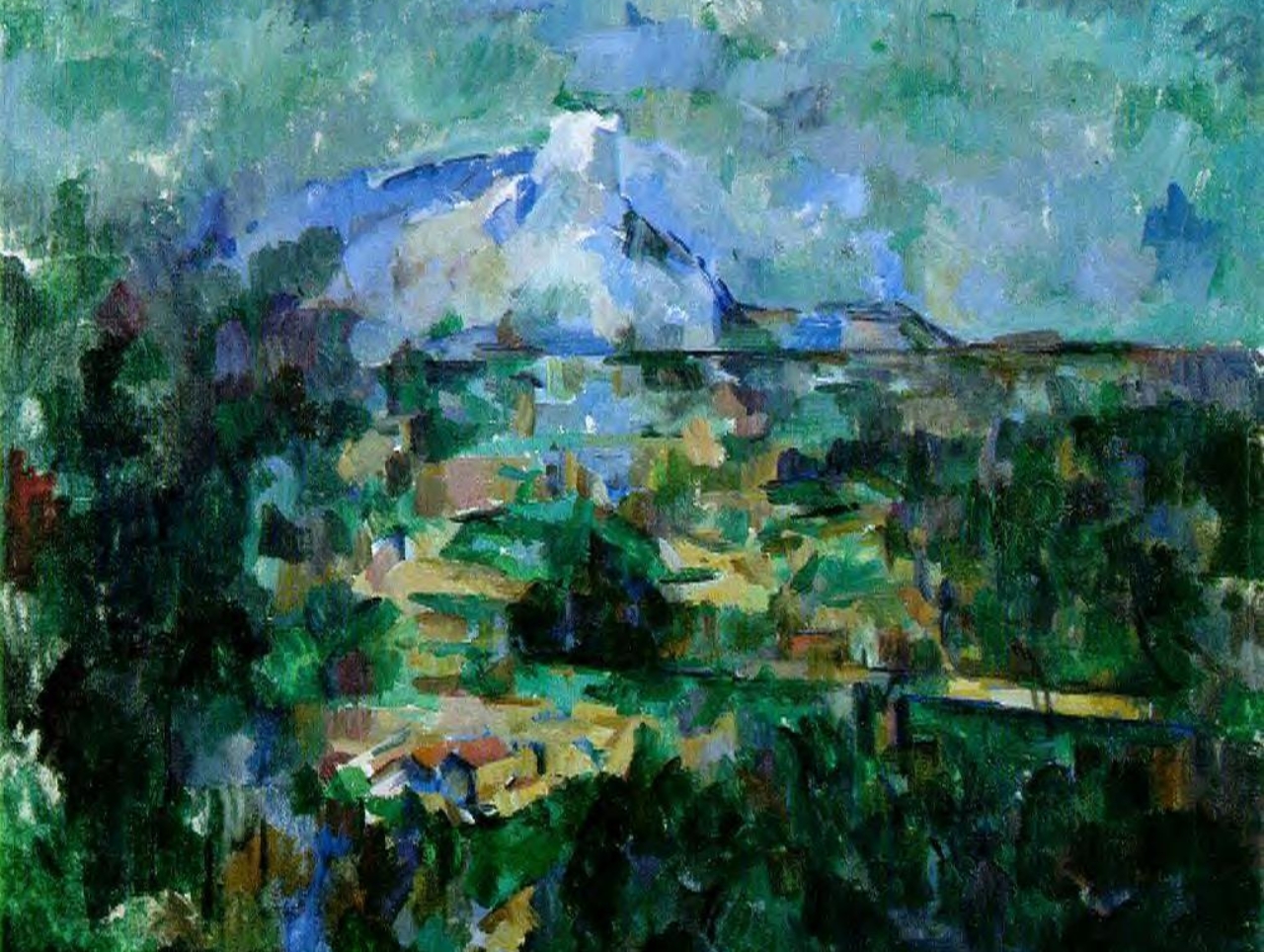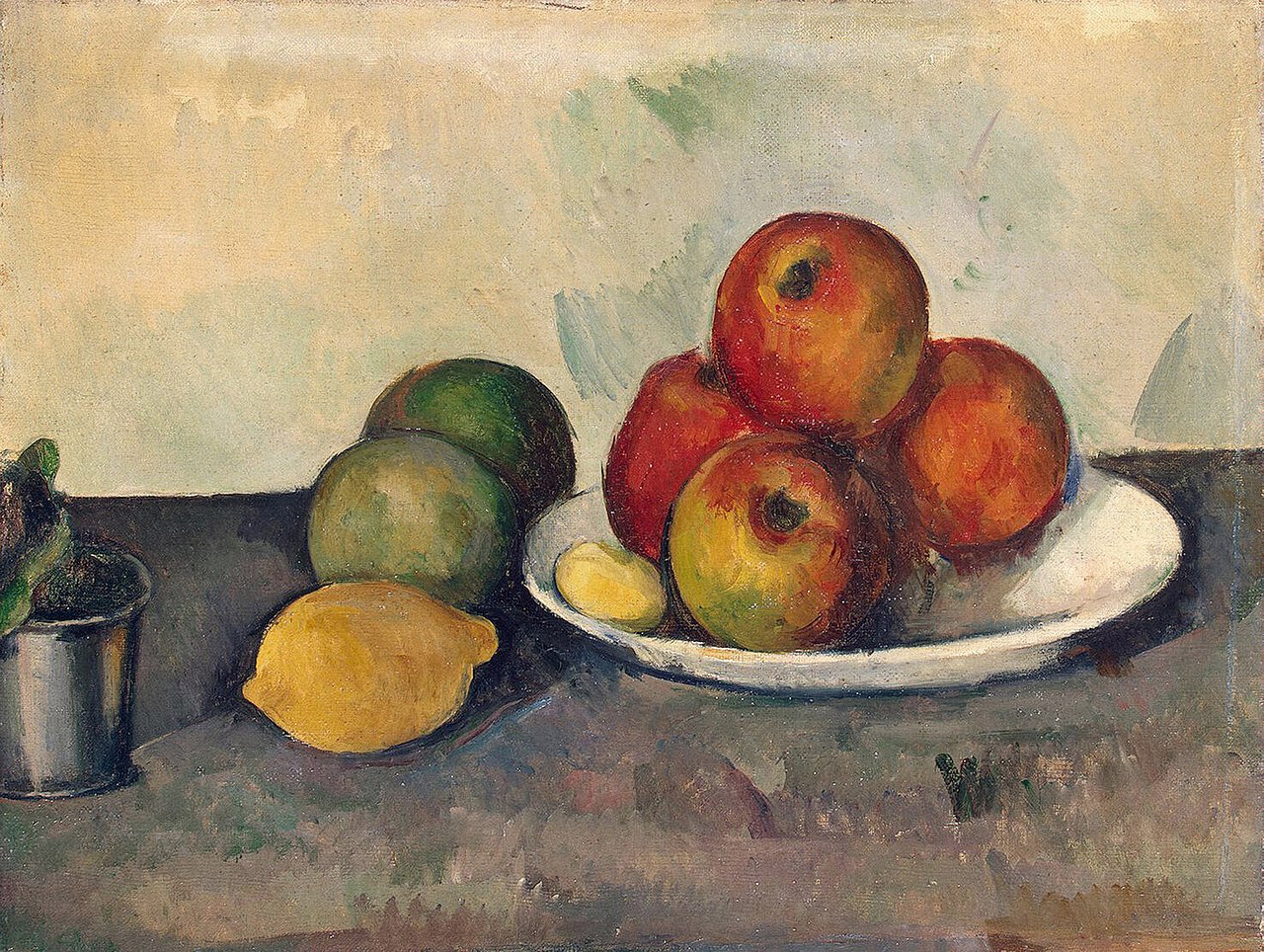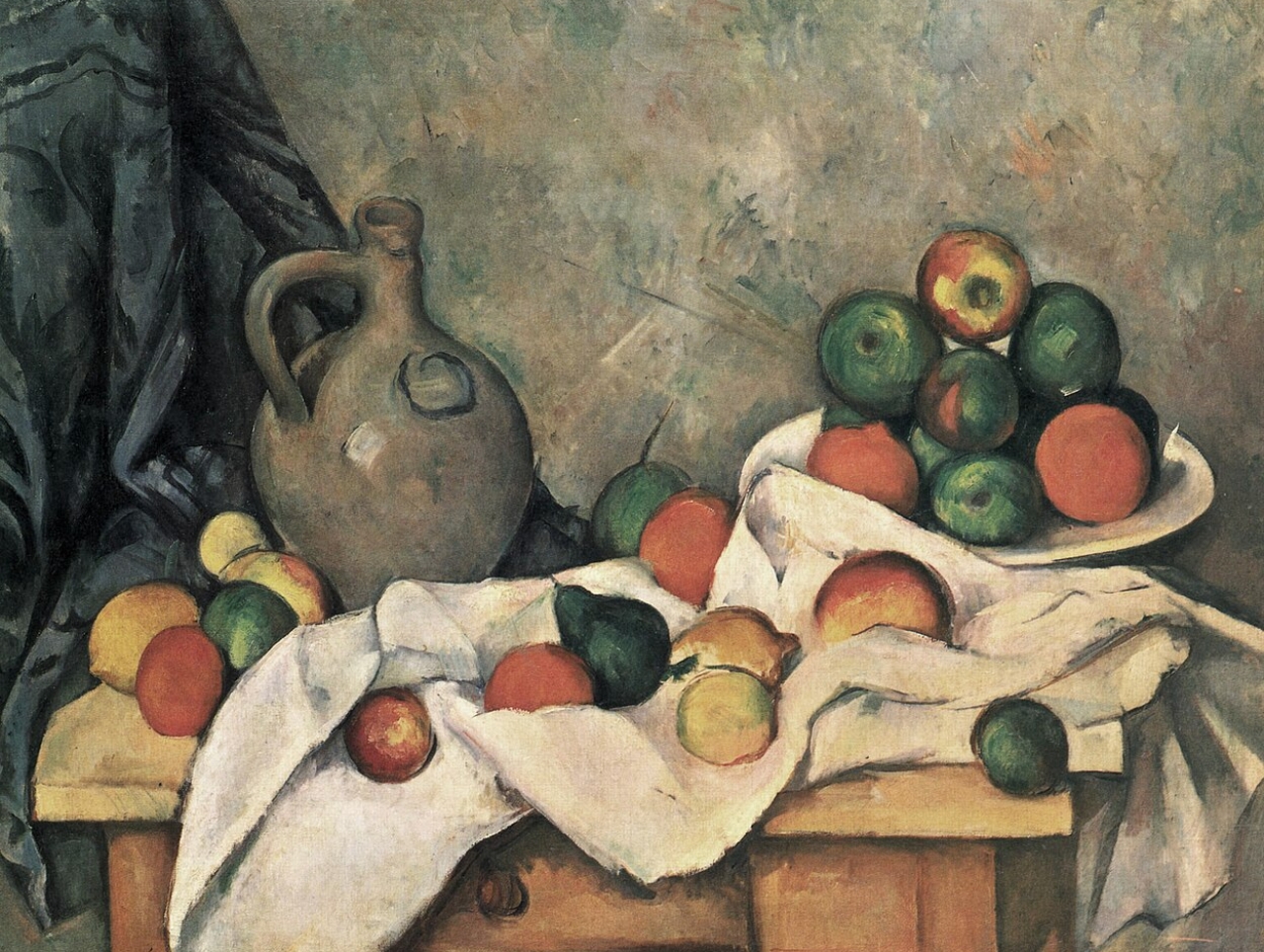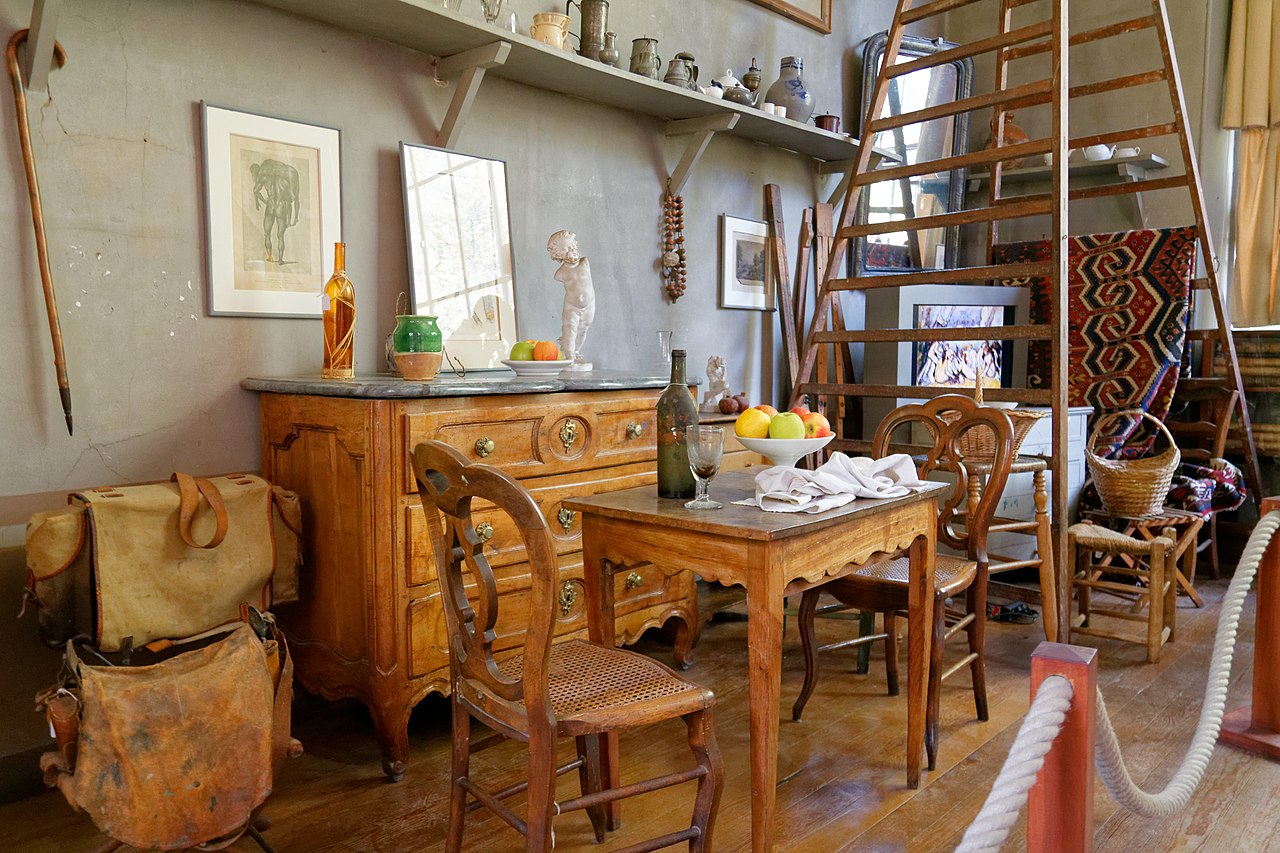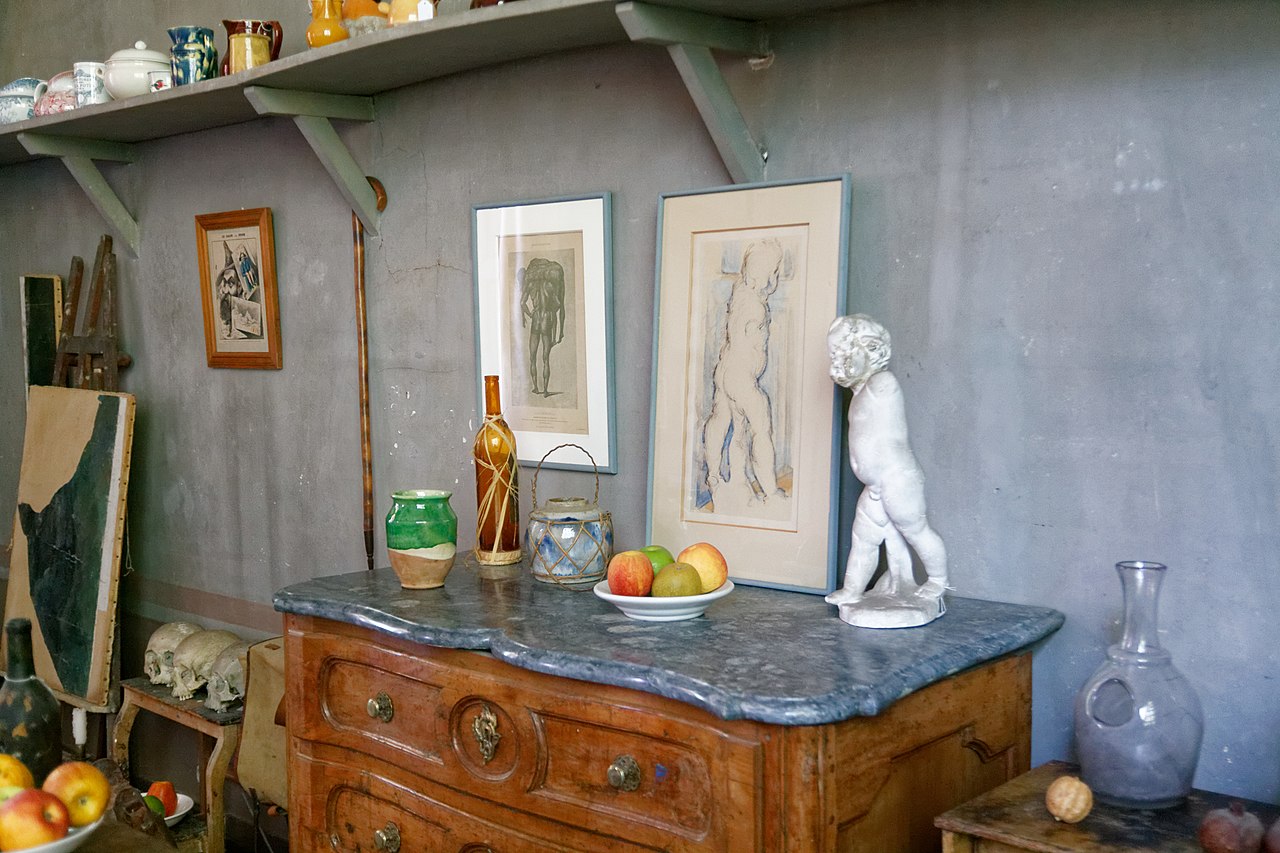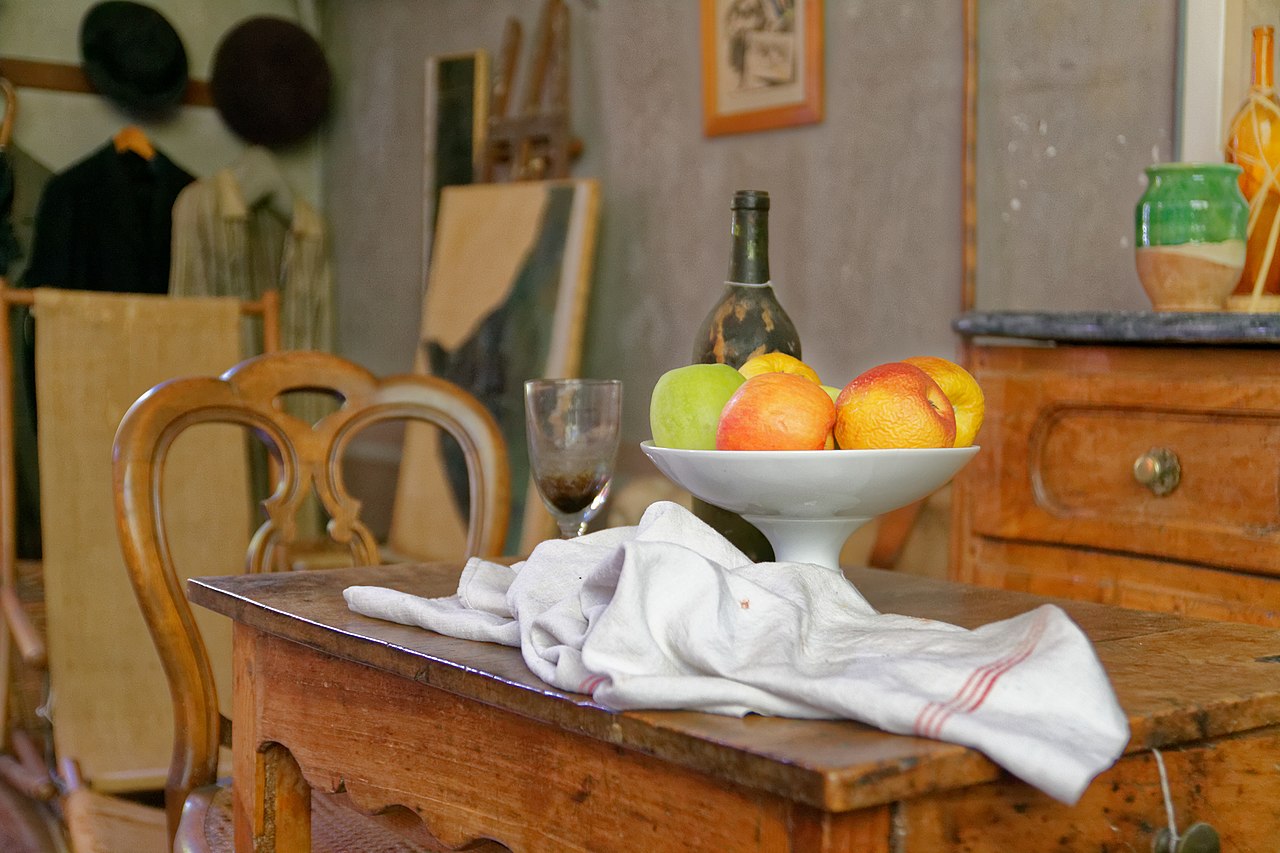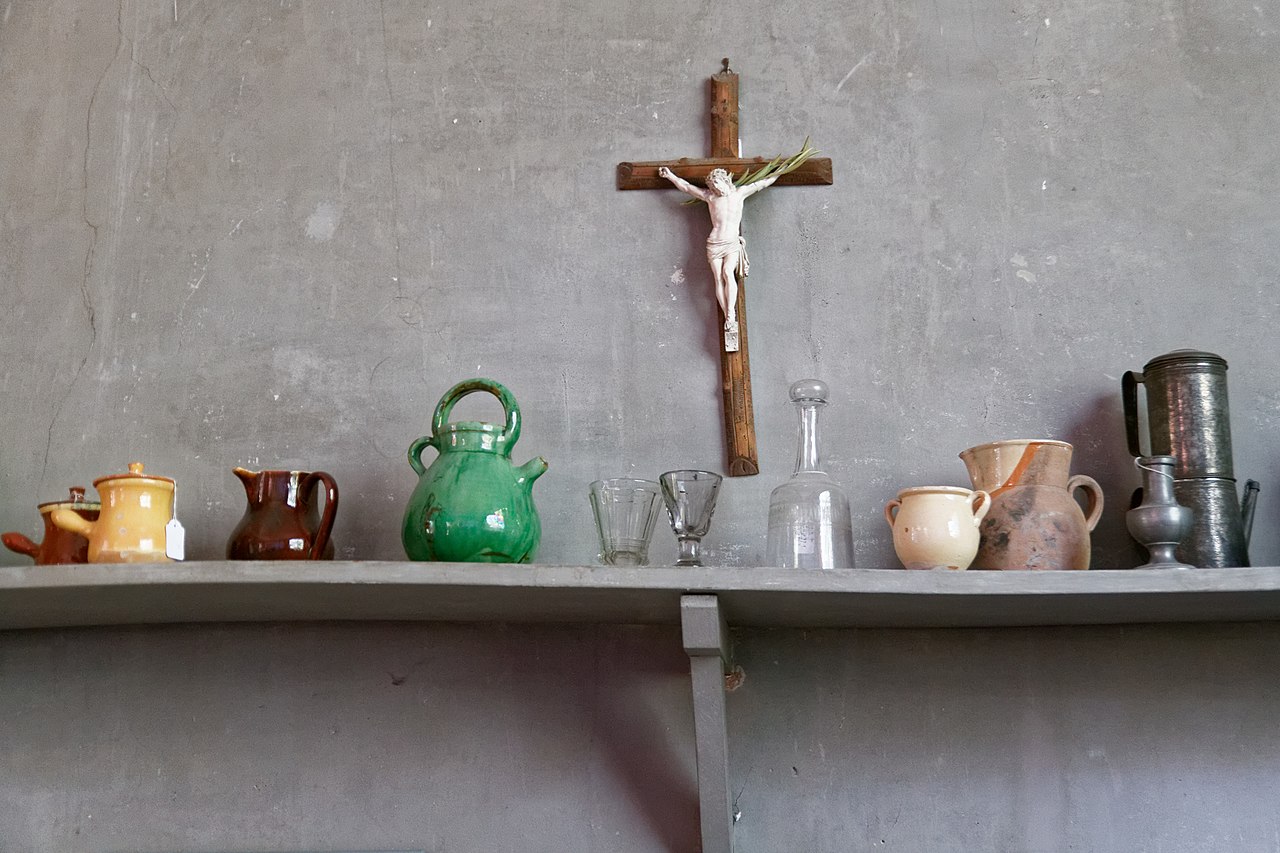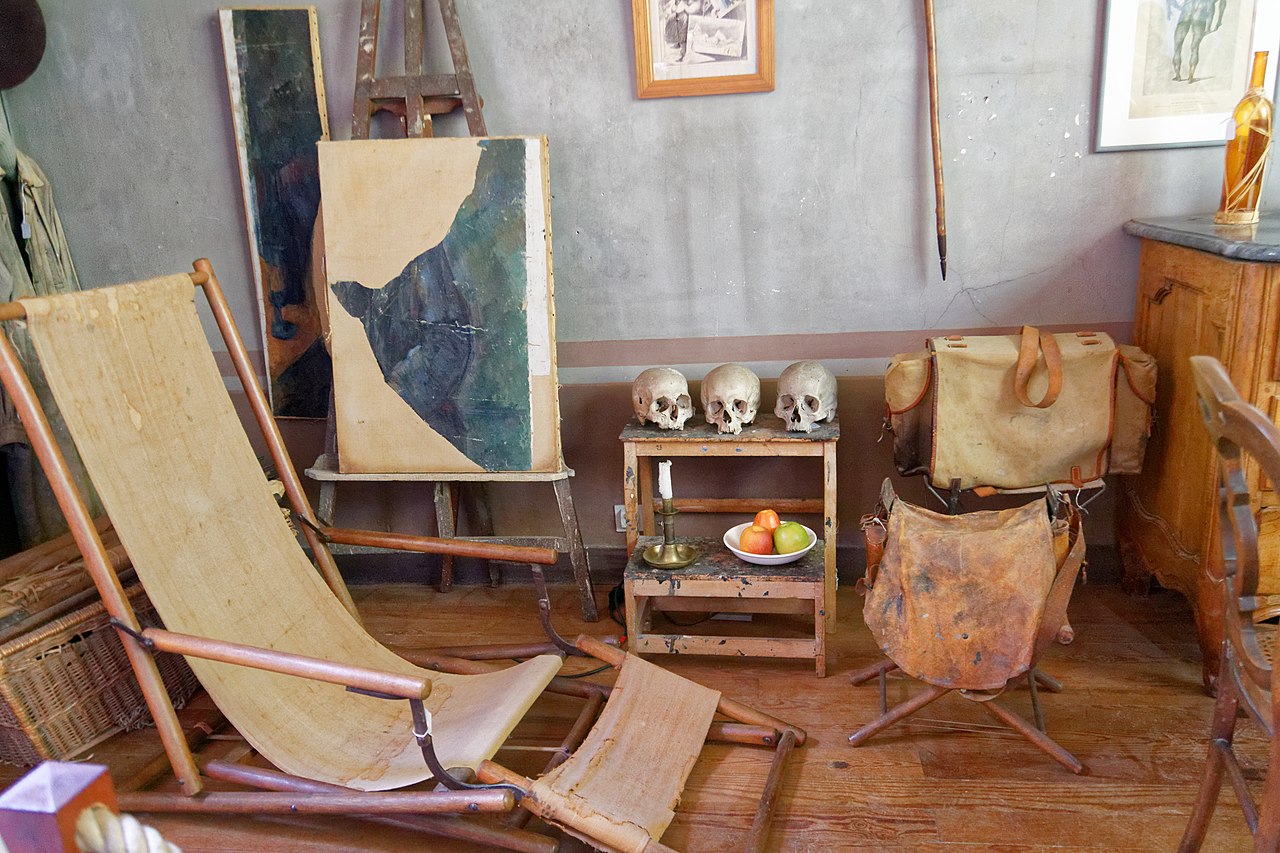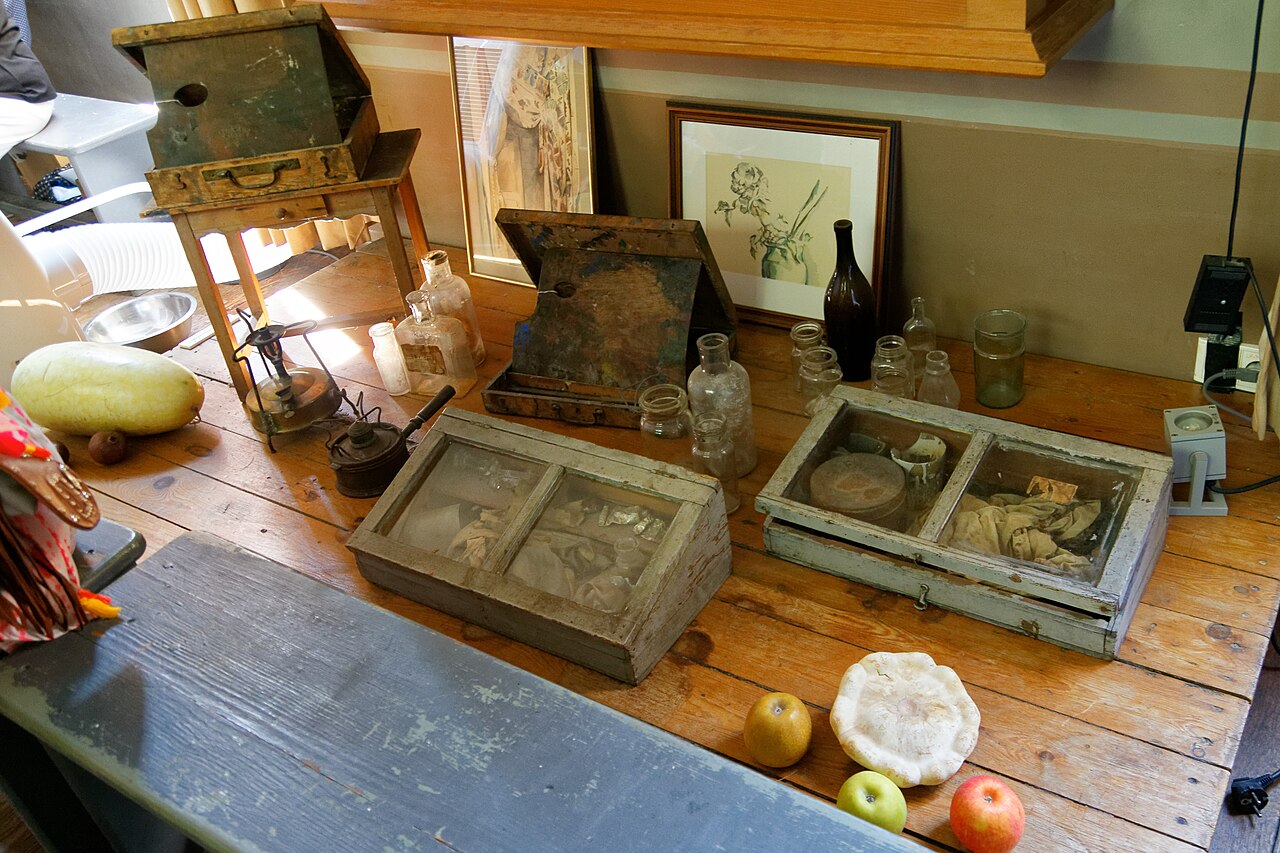Located about 35 kilometers north of Marseille, Aix-en-Provence is a city where history and beauty intertwine. With a population just shy of 150,000, the very name “Aix-en-Provence” evokes images of pastoral charm and timeless appeal, a reputation the region has held as a coveted destination for over two millennia.
Roots in Antiquity
The city’s story began with its famed thermal springs. These waters first attracted the Celts, who constructed an oppidum (fortified settlement) at the site. In 122 BC, after the destruction of the Celtic stronghold, the Romans founded a new, planned city here under the consul Caius Sextius Calvinus. They named it Aquae Sextiae Saluviorum: “Aquae” for the restorative springs, “Sextiae” in honor of the Roman founder, and “Saluviorum” referencing the defeated Celtic Salluvians tribe.
Aix claims the distinction of being the oldest Roman city established in Gaul. The city’s thermal waters have defined its character for centuries, both as a source of health and as a driver of local tradition and architecture.
The City of Water
Even today, Aix-en-Provence is truly a city of water, boasting around 250 public and private fountains. Among its many treasures is the Thermes Sextius, a luxurious modern spa and hotel situated above the ruins of the ancient baths, seamlessly blending past and present.
Cultural and Academic Heritage
Aix’s importance grew in the Middle Ages. It became the seat of both a bishop and archbishop, and from 1182, flourished as the capital under the Counts of Provence, a status it retained until the French Revolution. The foundation of the city’s university in 1409 added a vibrant academic life, which endures today, with nearly 40,000 students contributing greatly to Aix’s dynamic atmosphere.
Paul Cézanne and the Soul of Aix-en-Provence
Paul Cézanne spent nearly his entire life in Aix-en-Provence, a city that shaped his vision and ultimately his legacy. It was the light, soft, amber, and ever-changing, that continually drew him back to his hometown. Though born into privilege as the son of a successful businessman-turned-banker, Cézanne faced relentless pressure to prove himself, both to his skeptical father and to an often unwelcoming art world.
Despite his growing talent, Cézanne rarely believed in the greatness of his own work. This self-doubt is particularly evident in the murals he painted at his family’s country estate, La Bastide du Jas de Bouffan, located in the western part of Aix. There, he frequently overpainted his own creations, works that today are admired by millions with near reverence.
One particularly telling piece from this period depicts his father seated sternly, reading a newspaper, his gaze turned away. It is a quiet yet poignant symbol of a father’s disapproval and emotional distance, an image that speaks volumes about their strained relationship and Cézanne’s struggle for validation.
In contrast, Cézanne found solace in the affection of his mother, whom he adored throughout his life, and in the natural landscapes surrounding Aix. He often sought refuge in the forests around Montagne Sainte-Victoire, whose ochre hues and rugged grandeur he would immortalize in numerous canvases. This mountain became one of Cézanne’s most enduring muses, appearing in eleven oil paintings and sixteen watercolors, many of which foreshadow the geometric abstraction of Cubism.
Today, Montagne Sainte-Victoire remains a beloved escape for nature enthusiasts, offering hiking trails, e-bike routes, and paths through the historic Bibémus Quarry, whose stone once helped build the very foundations of Aix. Cézanne did more than paint this terrain, he translated its essence into visionary art.
Like many innovators, Cézanne was underappreciated in his own time. His radical approach to form, color, and perspective alienated critics and institutions. While Paris honored him with a major memorial exhibition at the Salon d’Automne just one year after his death, featuring 56 of his works, Aix, ironically, refused to acknowledge its native son. Auguste-Henri Pontier, the long-serving curator of the Musée Granet (1892–1925), vowed never to display a single piece by Cézanne during his lifetime, and he kept that promise.
True recognition in Aix came much later. It wasn’t until 2006, a full century after Cézanne’s death, that the city paid proper tribute. In 2025, the city proudly celebrates “The Year of Paul Cézanne,” with the artist becoming a local ambassador of sorts, a symbol of creativity, resilience, and rediscovered pride.
A New Life for the Bastide du Jas de Bouffan: Cézanne’s Family Home Reimagined
One of the highlights of Cézanne’s legacy in Aix-en-Provence is the long-awaited reopening of the newly restored Bastide du Jas de Bouffan. In Provence, a bastide traditionally refers not to a fortified medieval town, as it does in other regions, but to an elegant rural estate or country house. When originally built, the Bastide du Jas de Bouffan stood just beyond Aix’s city gates, gracing a serene 15-hectare property adorned with gardens, ornamental ponds, and sweeping views of the Montagne Sainte-Victoire.
Purchased in 1859 by Cézanne’s father, Louis-Auguste Cézanne, as a secondary residence, the family moved in permanently around 1870. It was here that Paul Cézanne spent much of his formative and creative years. A deeply personal space, the bastide became far more than a residence, it was his refuge, his studio, and the heart of his inspiration. Over the next four decades, until the sale of the property in 1899, Cézanne created many of his most iconic landscapes, still lifes, and portraits within these walls and grounds.
The intimate setting of the bastide is reflected in the sensitivity of his portraiture, and the surrounding scenery, olive groves, cypress-lined paths, and endless Provençal light, influenced the distinctive visual language for which he became famous. The garden of the bastide, in particular, was a beloved subject for Cézanne, which he painted in many variations, capturing the fleeting hues and deep atmospheres of the region.
After years of neglect, the Aix city council voted in 2017 to restore the long-abandoned estate and transform it into a vibrant cultural site. By 2026, the “Cézanne House” is set to open to the public as a faithfully reconstructed interpretation of the painter’s life and work. Key areas such as the kitchen, artist’s studio, and sprawling park are being carefully returned to their 19th-century appearance.
Additionally, the site will soon host a Cézanne Research and Documentation Center, destined to become a hub for scholars and art lovers from around the world.
The bastide remained the Cézanne family’s country residence until it was sold following the death of Louis-Auguste in 1899. Paul Cézanne never returned after the sale, a poignant ending to a chapter of his life that shaped not only his personal identity, but the very foundations of modern art.
Major Cézanne Exhibition at the Musée Granet: A Return to Jas de Bouffan
From June 28 to October 12, the Musée Granet in Aix-en-Provence presents a landmark exhibition of over 130 works by Paul Cézanne, drawn from prestigious international collections. The exhibition focuses on the artist’s formative creative period at the Bastide du Jas de Bouffan, his family estate, which served not only as a studio but as an artistic laboratory and deeply personal retreat.
The show highlights some of Cézanne’s most iconic masterpieces, including selections from his renowned “Bathers” series (1890–1895), as well as exquisite still lifes, self-portraits, and luminous landscapes painted in and around the grounds of Jas de Bouffan.
Alongside these celebrated pieces, the exhibition features a wide range of works that explore the breadth and depth of Cézanne’s artistic vision during this pivotal period. Paintings have been assembled from major museum collections around the globe, including the Musée d’Orsay in Paris, as well as institutions in Basel, Zurich, Chicago, London, Los Angeles, New York, Ottawa, Tokyo, and Harvard University.
With its focus on Cézanne’s intimate connection to his home and the landscape of Provence, this exhibition offers a rare opportunity to experience the origins of a revolutionary talent whose influence still shapes the course of modern art.
Modern Art, Design, and Cuisine in Perfect Harmony: Échos de Cézanne at the Gallifet Art Center
Stone walls, ivy-covered façades, and an air of quiet elegance, at the Gallifet Art Center, contemporary art, interior design, and fine cuisine come together in seamless harmony. Set within a beautifully restored Provençal mansion, the center offers a unique cultural experience that blends creativity with culinary delight.
Until September 28, the Gallifet Art Center presents the exhibition “Échos de Cézanne”, a tribute to the enduring legacy of Paul Cézanne and his influence on today’s art world. The show brings together a diverse group of emerging local and international artists, including painters, sculptors, and photographers, all responding to Cézanne’s revolutionary vision through the lens of contemporary expression.
Here, the spirit of Cézanne resonates in new forms, bold interpretations that reflect how his work continues to shape and inspire modern artistic practice.
The Atelier des Lauves: Cézanne’s Final Refuge and Creative Sanctuary
During one of his outdoor painting sessions in the early 20th century, Paul Cézanne discovered a quiet plot of land on the hill of Les Lauves, just north of Aix-en-Provence. Drawn by its tranquility and inspiring views, he was immediately taken with the place and soon decided to purchase it. In 1901, he personally designed and oversaw the construction of a modest country house and studio, the Atelier des Lauves, a space entirely dedicated to his art.
Conceived as a retreat for focused creation, the building housed living quarters on the ground floor, while the upper floor featured a spacious, light-filled studio measuring 50 square meters. It was in this purpose-built space that Cézanne produced some of the most profound works of his later years.
From 1902 until his death in 1906, Cézanne worked here almost daily, often battling failing health and advancing age, yet continuing to paint with tireless devotion. While the Bastide du Jas de Bouffan had been his first artistic home, it was in Les Lauves where Cézanne fully realized his mature vision. The studio offered solitude, concentration, and inspiration, especially in the form of the olive groves surrounding the property, where he would walk and reflect. It was here that he created many masterpieces, including his final and monumental series of “Grandes Baigneuses” (Large Bathers).
Preservation and Legacy
After Cézanne’s death in 1906, the studio remained closed for 15 years. In 1921, his son Paul Cézanne Jr. sold the estate to Marcel Provence, a Provençal writer and advocate of regional culture and language. Provence took up residence on the studio’s ground floor and carefully preserved the upstairs atelier exactly as Cézanne had left it, an intimate time capsule of the artist’s final years.
In the aftermath of World War II, the studio faced threats from modern development and urban expansion. To prevent its destruction, art historians James Lord and John Rewald founded the Cézanne Memorial Committee in 1952. With generous support from American donors, the committee purchased the studio and donated it to the University of Aix-Marseille in 1954.
A Place of Pilgrimage for Art Lovers
The Atelier des Lauves first opened to the public on June 8, 1954, allowing visitors a rare glimpse into the working world of one of modern art’s founding figures. In 2023, the studio closed for an extensive restoration, in preparation for “Cézanne Year” in 2025.
Now, after years of careful conservation, the studio was ceremoniously reopened on June 28, 2025. Faithfully restored to its original appearance, it stands as a vibrant place of remembrance, still imbued with Cézanne’s presence. Inside, visitors can view the artist’s personal belongings, including his paint-stained smocks, brushes, easels, and paint pots, as well as symbolic objects featured in his still lifes, such as the arrangement of skulls seen in “Pyramid of Skulls” (1901).
At Les Lauves, Cézanne worked in continuity and solitude, bringing to life some of his most ambitious compositions. Today, the studio remains one of the most cherished Cézanne landmarks, offering a window into the mind and method of the man Picasso called “the father of us all.”
Villa Gallici: Opulent Retreat and Culinary Destination in Aix-en-Provence
Indulgence finds its finest expression at Villa Gallici, an exquisite hideaway where romance and grandeur captivate at every turn. Housed in a magnificent 18th-century country estate fashioned after a Florentine palace, this boutique hotel is a paradise for those drawn to lavish interiors, plush fabrics, and timeless elegance.
While minimalists may find the décor extravagant, admirers of classic luxury and atmospheric charm will feel entirely at home. Gilded mirrors, damask drapes, and antique furnishings create an ambiance so sumptuous you can practically feel the luxury.
Culinary Highlights
La Taula Gallici Restaurant: The hotel’s celebrated restaurant is a culinary destination in itself, offering refined Provençal cuisine with an Italian flourish. A centerpiece is the bespoke “Cézanne Menu”, a gourmet homage to the city’s most famous son, featuring seasonal dishes inspired by the bounty and flavors of the region.
The Cézanne Villa
For an elevated stay, the hotel offers the prestigious “Cézanne” villa suite, an expansive 80m² sanctuary adorned with a private whirlpool. Here, guests can unwind in total privacy, surrounded by the lush gardens and atmosphere reminiscent of a romantic painting.
Villa Gallici promises an immersion in opulence, comfort, and gastronomy, an authentic Provençal experience where every detail whispers of refinement and pleasure.
Sur les pas de Cézanne: The Cézanne Trail in Aix-en-Provence
Discover Aix-en-Provence through the eyes of Paul Cézanne by following a specially marked trail, discreetly embedded with a “C” in the pavement. This self-guided walk traces Cézanne’s life journey, leading you from his birthplace to his final resting place at the Cimetière Saint-Pierre. Along the route, you’ll encounter:
- Childhood homes where Cézanne spent his formative years
- Schools that shaped his early education
- The historic cafés and gathering spots where he shared ideas with fellow artists
Enhance your experience by using the dedicated app, which offers insightful commentary, stories, and navigation at every step.
La Route Cézanne: From Aix to the Montagne Sainte-Victoire
La Route Cézanne, known locally without the accent, or as the Petite Route du Tholonet (D 17), is another remarkable journey closely linked to the artist’s legacy. Spanning approximately 4.6 kilometers, this scenic road connects Aix-en-Provence to the village of Le Tholonet and ultimately to the iconic Montagne Sainte-Victoire.
- Historic Recognition: Designated in 1959, La Route Cézanne holds the rare distinction of being the only road in France classified as a historical monument.
- Preserved Inspiration: The route is protected for its cultural and natural heritage, safeguarding the very landscapes that Cézanne immortalized in his art.
- Scenic Beauty: You’ll traverse picturesque terrain dotted with pine forests, vineyards, and olive groves, vistas that fueled Cézanne’s creative genius.
- A Painter’s Path: Cézanne frequently took this road en route to his favorite painting sites, especially the stunning Montagne Sainte-Victoire, a recurring subject in his work.
Whether on foot in the heart of Aix or journeying along the historic D 17, you’ll experience firsthand the places and landscapes that shaped Paul Cézanne’s life and masterpieces.
The Bibémus Quarries: Cézanne’s Geological Muse
The Bibémus quarries are situated on a rugged plateau just outside Aix-en-Provence, nestled between the roads to Tholonet and Vauvenargues. Renowned for their ochre-colored sandstone, these quarries have supplied building material for many of Aix-en-Provence’s historic structures, with stone extraction dating back to antiquity.
In the final years of his life, Paul Cézanne discovered Bibémus and was profoundly inspired by the site. The quarry’s dramatic, chaotic rocks and strikingly orange-hued formations became essential motifs in his later work, marking a significant evolution in his artistic style.
Cézanne’s Bibémus paintings represent a turning point: here, he began to experiment with new forms and perspectives, a pivotal move that would foreshadow Cubism. One of his most significant works from this period, Les Carrières de Bibémus (c. 1895), exemplifies this shift. Using layered brushstrokes and bold color contrasts, Cézanne captured the quarry’s unique structure and the play of Provençal light on stone.
For Cézanne Year 2025, the Bibémus quarries have been revitalized with new hiking trails and informative panels, enriching the visitor experience. To preserve the fragile landscape and its historical context, access to the site is exclusively available via guided tours, self-guided visits are not permitted. Visitors gain not only insight into Cézanne’s creative process, but also a deeper appreciation for the landscape that shaped the birth of modern art.
Cooking Competition: Le Menu Cézanne
Paul Cézanne, celebrated for his revolutionary art, was also a passionate devotee of Provençal cuisine. In tribute to this lesser-known side of the artist, “Le Menu Cézanne”, a prestigious culinary competition, will take place in 2025.
Chefs from across Aix-en-Provence are invited to craft menus inspired by the authentic, rustic dishes that Cézanne cherished. The challenge is to reinterpret the simple yet flavorful cuisine of Provence in a way that honors both Cézanne’s palate and the region’s culinary heritage.
The event is held under the esteemed patronage of Guillaume Gomez, French Ambassador for Gastronomy and Food, and receives support from both the Disciples d’Escoffier and Masterchef magazine.
Cézanne’s favorite dishes, highlighted as inspirations for participants, include:
- Salade de pommes de terre à l’huile d’olive (potato salad with olive oil)
- Daube (slow-braised Provençal beef)
- Pieds et paquets (stuffed sheep’s tripe and feet)
- Aïoli with fresh fish and local vegetables
- And, of course, apples, Cézanne’s favored fruit and symbolic ingredient in his art and life
Through “Le Menu Cézanne,” the competition blends culinary artistry with cultural homage, inviting chefs to celebrate the same senses of taste, color, and terroir that inspired Cézanne’s legendary canvases.
Header image by Bjs.
If our work has inspired you, helped you grow, or simply brought a little warmth to your day, consider supporting Thalysia.com with a small donation. Your contribution helps us continue exploring ancient landscapes, documenting local traditions, and celebrating the art of living well.
